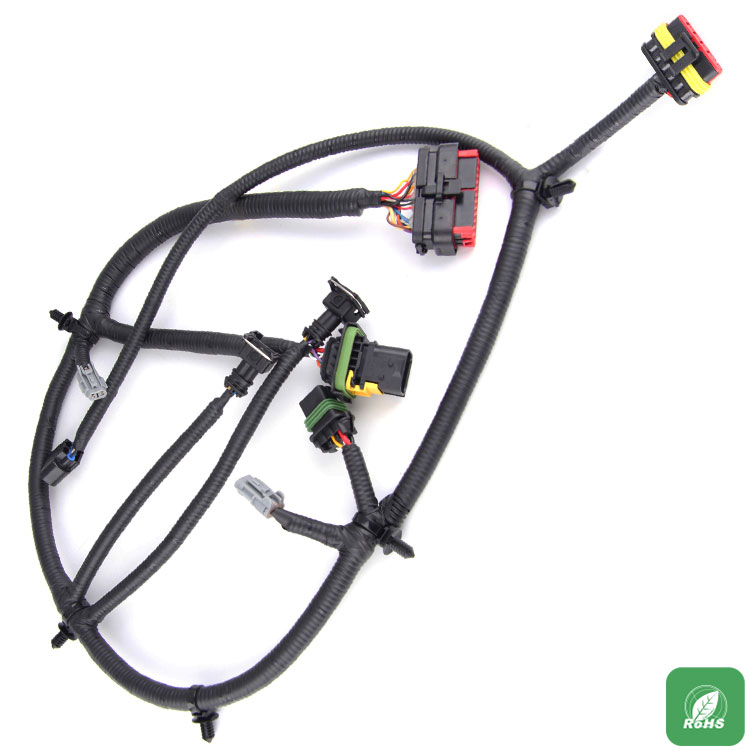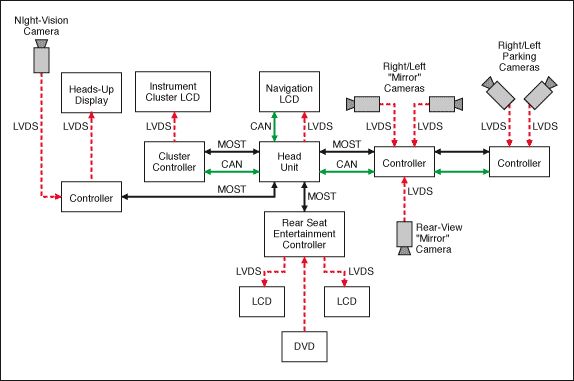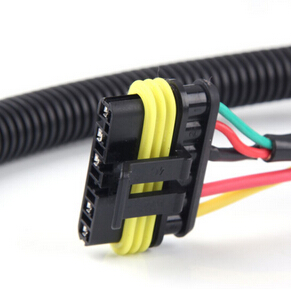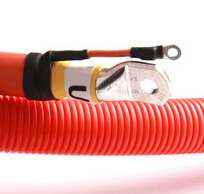Automotive wiring harness braking performance and evaluation index is how
1,Mainly in:
① braking efficiency: the car on a good road to a certain initial speed braking to stop the driving distance. Ie braking distance or deceleration or braking force and braking time during braking.
② constant braking efficiency: continuous braking at high speed or downhill and braking after braking wading water level of maintenance. That is, thermal decline and water wet recovery performance.
③ braking the stability of the direction of the car: Harness braking when the car orbit according to the established track deviation occurs, slip and loss of steering performance.
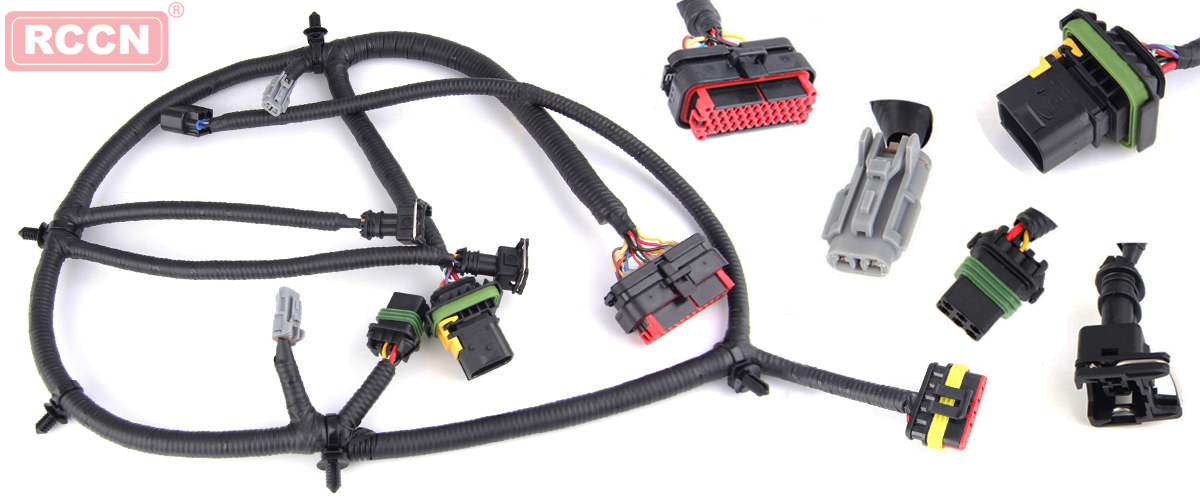
2, car braking performance evaluation index
① braking distance: it is the most intuitive overall braking performance parameters, the accuracy of repeatability is better. But it can not reflect the braking status of each wheel and the specific fault separately.
② braking force and braking deceleration: Braking force can essentially reflect the performance of the vehicle braking system that is, the distribution of the wheel braking force on both sides of each axis and their balance. But can not reflect the impact of factors other than the braking system on the overall braking performance. The braking deceleration test, susceptible to the adhesion coefficient of the road surface and the impact of braking when the impact of the initial velocity and road roughness is not so little accuracy and repeatability, but also does not reflect each round of braking and Its distribution.
③ braking time, including brake coordination, duration and release time, it can only indirectly reflect the pros and cons of braking performance. So, usually as an auxiliary evaluation index.
In view of the above three indicators are flawed, therefore, must have both of the two indicators. In order to more fully evaluate the vehicle's braking performance.
















 RCCN WeChat QrCode
RCCN WeChat QrCode Mobile WebSite
Mobile WebSite